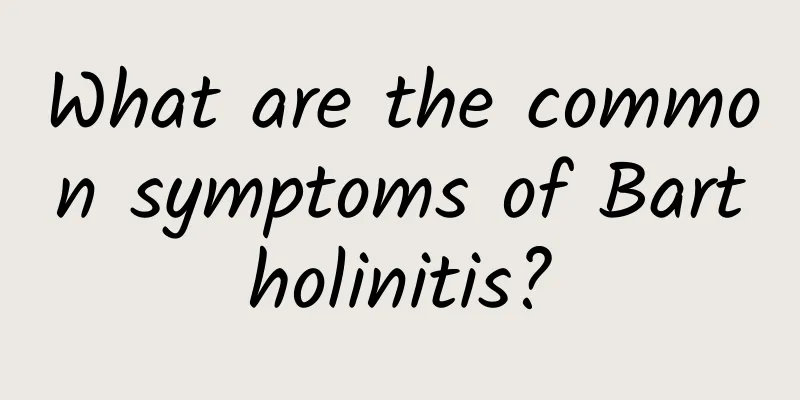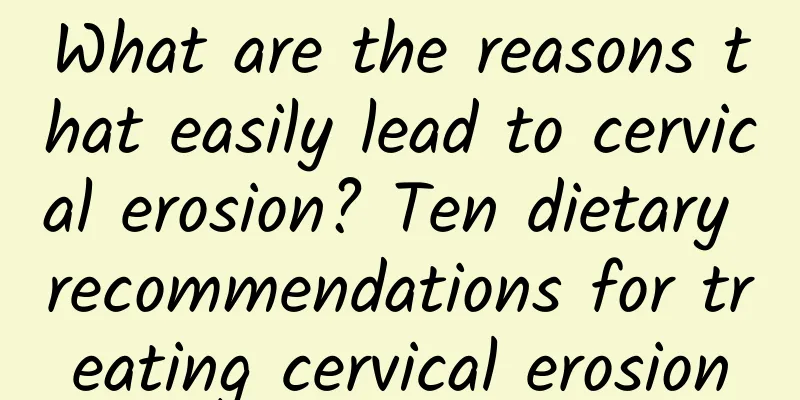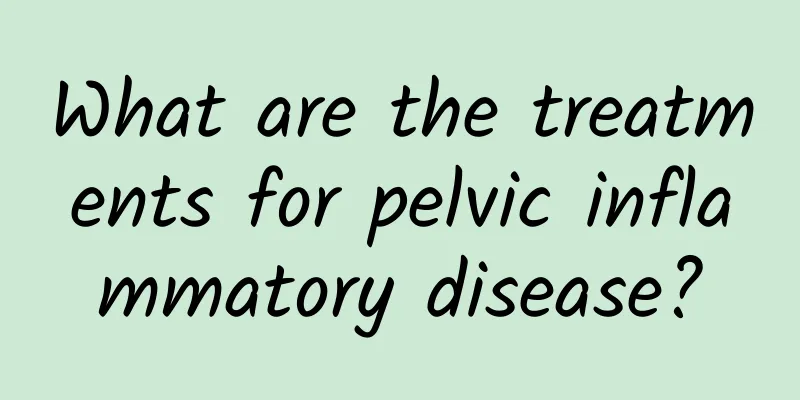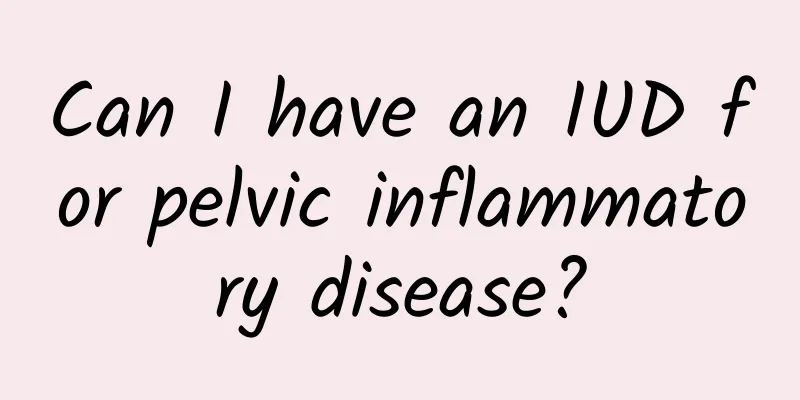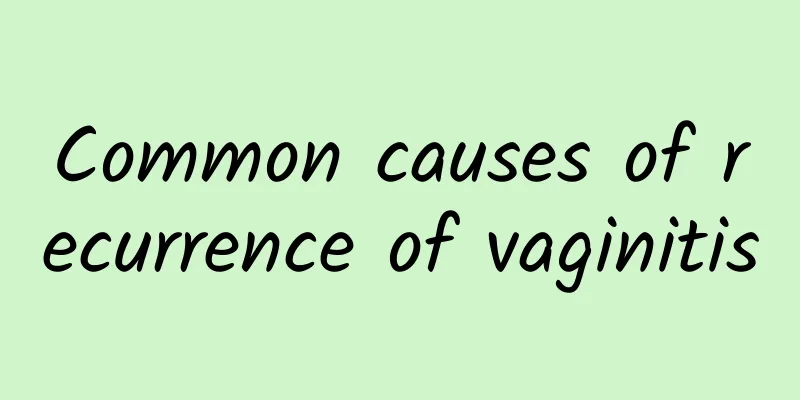What is the treatment for polycystic ovary?

|
When a woman has polycystic ovary syndrome, multiple eggs will develop at the same time, but when the ovulation period comes, no mature eggs will be discharged. Therefore, polycystic ovary syndrome can lead to infertility. It usually takes 13-15 days for an egg to develop and mature. Blindly promoting ovulation will lead to the premature discharge of immature or over-mature eggs. In this way, even if the eggs can be discharged, even if pregnancy occurs, miscarriage will occur. Although polycystic ovary syndrome is more likely to occur in young girls, there is no need to be afraid of this disease. It is necessary to pay attention to weight loss, reduce weight, exercise, and properly control diet. Active treatment can also lead to successful pregnancy. So how to cure polycystic ovary syndrome? What are the dietary therapies for polycystic ovary syndrome? Common treatments for polycystic ovary syndrome 1. Drug treatment Oral drugs can change the hormone levels in the body and maintain the internal environment in a relatively stable state. After continuous use, the ovaries may slowly return to their original state. If you take Chinese medicine, then the problem should not be big. If you take oral hormones, there may be certain side effects, such as abdominal distension, headache, hot flashes, etc., and some hormones are more expensive, so the patient's family needs to do what they can. However, the drug treatment method is relatively simple and does not cause any trauma to the patient's body. It is one of the more commonly used treatment methods. 2. Surgical treatment Surgical treatment is a treatment method that appeared in the mid-1930s and is a landmark progress. The surgical method can remove part of the granulosa cells in the ovaries and inhibit the production of androgens. The effect is relatively fast and obvious. After the operation, most women will gradually resume ovulation and menstruation, and there are also many who successfully want to have a baby. The more popular surgical methods now include: bilateral ovarian wedge resection, laser perforation treatment, and transvaginal hydrolaparoscopy, etc. 3. General treatment patients should actively exercise, reduce the intake of high-fat and high-sugar foods, and reduce weight. This can promote the decline of androgen levels and is beneficial to the restoration of ovulation. 4. Assisted reproductive treatment For those women who are eager to have children but have not been effective under other treatments, assisted reproductive methods can be used to help them solve their difficulties. For example, in vitro fertilization, or culturing and maturing oocytes in vitro, and then trying to get pregnant. Although this method can solve the urgent problem first, it does not mean that polycystic ovaries can be left alone. After giving birth, women should return to treatment as soon as possible. |
<<: How to treat bilateral ovarian polycystic changes
>>: Polycystic ovary syndrome follicle size
Recommend
Experts explain the causes of cervical hypertrophy
Cervical hypertrophy is a disease that women ofte...
8 Tips for Dealing with Vulvar Itching
Vulvar pruritus refers to a symptom caused by var...
Women who secretly take medication to have an abortion can easily cause heavy bleeding
Most women working away from home take medication...
The fairy gained weight and turned into an aunt in an instant! Get rid of obesity and practice a light muscle fitness exercise at home
There has been a "fairy style" blowing ...
What happens if white spots appear in the vagina? How to take care of it?
Vaginal white spots are an obvious medical reacti...
The reason for unexplained weight gain may be here! The ratio of leptin to ghrelin is key
One indispensable element for human survival is f...
What to eat after a miscarriage? Ensure high-quality protein
After a miscarriage, the harm to the female body ...
What are the signs of ovarian cysts?
Signs of ovarian cysts include a noticeable incre...
Treatment of cervical erosion, 5 common methods used in clinical treatment of cervical erosion
The occurrence of cervical erosion also needs to ...
Early symptoms of cervical precancerous lesions in women
When cervical precancerous lesions occur in the h...
How to check cervical erosion more accurately? Three steps for women to check cervical erosion
When it comes to cervical erosion, many women wil...
The B-ultrasound showed that I have uterine fibroids. What should I do?
Uterine fibroids are the most common benign tumor...
Let's take a look at the three main causes of adnexitis.
Adnexitis is a common disease, and the number of ...
What are the hazards of abortion? There are six major hazards of abortion
It is not uncommon nowadays to casually abort you...
Xiao Tiantian lost 28 kilograms by doing this! The coach responded: Remember the 1:4:3 ratio
Since her debut, the well-known artist Xiao Tiant...
